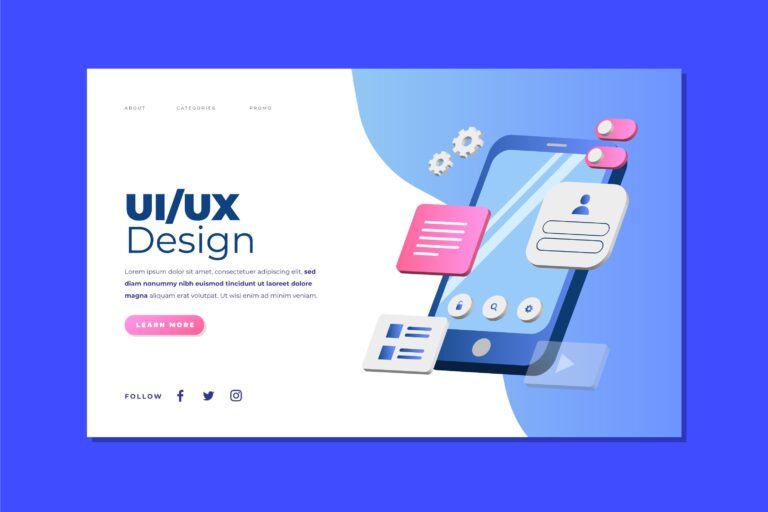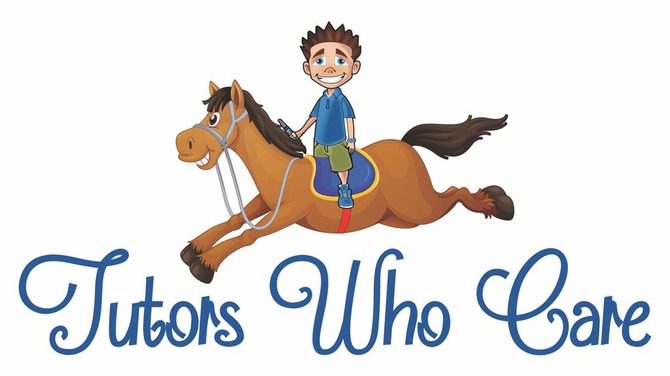Cognitive biases are systematic patterns of deviation from norm or rationality in judgment, and they profoundly influence the way we perceive reality. This article provides a comprehensive analysis of what cognitive bias is, the various types that shape human decision-making, and the methodologies used in cognitive bias assessment.
What Is Cognitive Bias?
Cognitive bias refers to a mental shortcut or pattern that leads individuals to make judgments that deviate from logic or objective standards. These biases arise due to the brain’s attempt to simplify information processing. While often helpful for quick decisions, they can also lead to perceptual distortion, inaccurate judgment, illogical interpretation, and irrationality.
Cognitive biases are deeply embedded in human cognition and can affect behavior in finance, healthcare, politics, marketing, and interpersonal relationships. The ability to recognize and evaluate these biases is critical for enhancing decision-making quality.
Origins of Cognitive Bias in Human Thinking
Cognitive biases are not random. They originate from three major sources:
- Heuristics: Mental shortcuts that simplify problem-solving.
- Social Influence: The need to conform to group behavior or norms.
- Emotional Interference: Affective responses clouding rational thinking.
Neuroscientific studies suggest that biases are associated with the brain’s limbic system and prefrontal cortex, which are responsible for emotions and reasoning, respectively. Under pressure, individuals tend to rely on instinctual responses, often leading to biased outcomes.
Key Types of Cognitive Bias
Anchoring Bias
The tendency to rely heavily on the first piece of information encountered (the “anchor”) when making decisions. This can distort negotiations, pricing, and perception of value.
Confirmation Bias
People naturally seek, interpret, and remember information that confirms their preexisting beliefs while ignoring contradictory evidence. This is prevalent in politics, religion, and business strategies.
Availability Heuristic
Judging the likelihood of events based on how easily examples come to mind, which can lead to overestimating rare but dramatic occurrences (e.g., plane crashes vs. car accidents).
Hindsight Bias
The inclination to see events as having been predictable after they have already occurred. It distorts memory and inhibits learning from experience.
Dunning-Kruger Effect
A cognitive bias in which individuals with low ability at a task overestimate their competence, while those with high ability may underestimate theirs.
Optimism Bias
The belief that one is less likely to experience negative events compared to others, often leading to under-preparation and complacency.
Real-Life Examples of Cognitive Bias in Action
- Medical Diagnosis: A physician may anchor to a preliminary diagnosis and ignore symptoms inconsistent with it.
- Investment Decisions: Investors may follow market trends (herding bias) rather than objective analysis, contributing to asset bubbles.
- Hiring Processes: Interviewers may fall prey to halo effect, focusing excessively on one positive trait.
- Legal Judgments: Juries can be influenced by confirmation bias or the framing of evidence.
The Role of Cognitive Bias Assessment
A cognitive bias assessment evaluates the presence and intensity of cognitive distortions in decision-making. It is utilized in psychology, risk management, and corporate training to improve outcomes and reduce errors.
Components of a Cognitive Bias Assessment
- Self-Reflection Questionnaires: Evaluate awareness and susceptibility to common biases.
- Behavioral Simulations: Observe real-time decision-making in controlled environments.
- Bias Mapping Tools: Visual representation of recurring bias patterns across decisions.
Assessment tools such as the Cognitive Reflection Test (CRT), Implicit Association Tests (IAT), and scenario-based bias detection models are commonly employed.
Mitigating Cognitive Bias: Best Practices
- Awareness Training: Educating teams about bias types and consequences.
- Diverse Teams: Increasing heterogeneity to counter groupthink.
- Devil’s Advocate Method: Assigning a role to challenge assumptions.
- Structured Decision Frameworks: Using checklists and red-teaming to reduce subjective judgments.
Cognitive Bias in AI and Machine Learning
Artificial Intelligence systems trained on biased human data can inherit and even amplify cognitive biases. Bias in algorithmic decision-making is a major area of concern in automated hiring, criminal justice, and financial services.
Techniques to reduce algorithmic bias include:
- Bias Audits
- Explainable AI models
- Diverse training datasets
- Feedback loops from real-world performance
The Importance of Measuring and Addressing Bias in the Workplace
Cognitive bias significantly affects leadership, performance reviews, hiring, marketing strategies, and internal communications. Conducting routine cognitive bias assessments enables organizations to identify blind spots and implement corrective actions.
Corporate Use Cases
- Leadership Coaching: Enhancing objectivity in high-stakes decision-making.
- HR Policies: Removing bias in recruitment and evaluation.
- Product Design: Ensuring features cater to diverse user groups.
Conclusion: Why Understanding Cognitive Bias Matters
Cognitive biases are ingrained in human thought processes and influence everything from micro-decisions to large-scale strategies. By understanding what cognitive bias is, recognizing its various types, and implementing structured cognitive bias assessments, individuals and organizations can make more informed, rational, and inclusive decisions.
Equipping oneself with the tools and knowledge to navigate and counteract these biases is not just beneficial, it is essential for success in a complex, information-saturated world.












